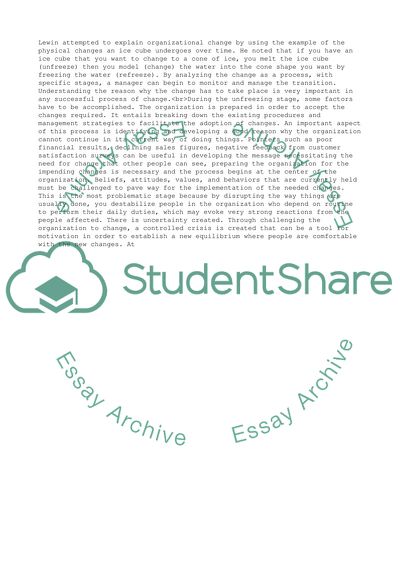Cite this document
(“Managing strategic change is fundamental to business success Discuss Essay”, n.d.)
Managing strategic change is fundamental to business success Discuss Essay. Retrieved from https://studentshare.org/management/1666503-managing-strategic-change-is-fundamental-to-business-success-discuss
Managing strategic change is fundamental to business success Discuss Essay. Retrieved from https://studentshare.org/management/1666503-managing-strategic-change-is-fundamental-to-business-success-discuss
(Managing Strategic Change Is Fundamental to Business Success Discuss Essay)
Managing Strategic Change Is Fundamental to Business Success Discuss Essay. https://studentshare.org/management/1666503-managing-strategic-change-is-fundamental-to-business-success-discuss.
Managing Strategic Change Is Fundamental to Business Success Discuss Essay. https://studentshare.org/management/1666503-managing-strategic-change-is-fundamental-to-business-success-discuss.
“Managing Strategic Change Is Fundamental to Business Success Discuss Essay”, n.d. https://studentshare.org/management/1666503-managing-strategic-change-is-fundamental-to-business-success-discuss.


